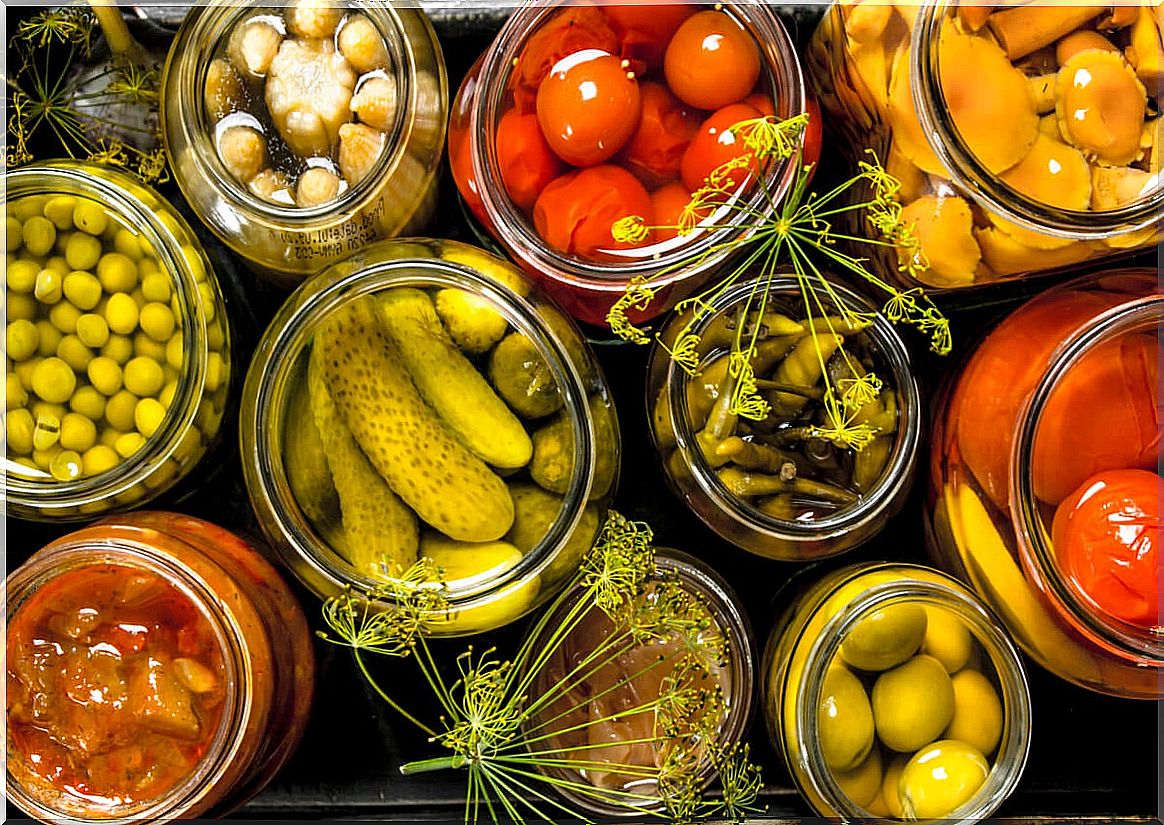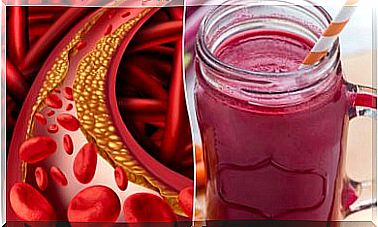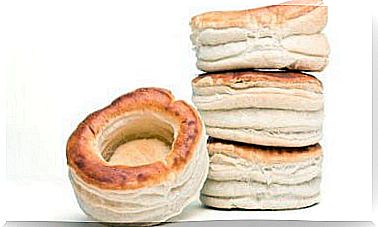How To Protect Home Canning From Botulism
Did you know that certain products are prone to transmitting foodborne diseases? In fact, several of them, if not made correctly, can be fatal. Discover in this article how to protect home canning to avoid botulism.
In relation to this, there is a general ignorance of what causes the consumption of products of doubtful origin. In fact, the typical color changes, fungus, and odors that people associate with spoiled food do not always appear.
What is botulism?
Botulism is a foodborne disease that occurs after ingesting a neurotoxin. It is synthesized by the bacterium Clostridium botulinum , capable of resisting high temperatures.
This resistance is achieved through its ability to become a spore. Survival mode allows you to be in harsh environments for years, in an inactive form, both on the ground and in the water.
When the temperature conditions are optimal for this microorganism, it produces the toxin responsible for this disease and comes out of its state of lethargy. Hence the danger and the possibility that it has to last for months in a container or jar.

How does the disease occur?
In general, poisoning is caused by the ingestion of canned foods that were not sterilized correctly. In this way, the bacteria survived in them.
In addition, another condition for its development is that there is no oxygen available in these products. In fact, some research indicates that it survives in atmospheres that contain up to 10% of this element.
Additionally, there are other types of botulism, such as that produced by the contagion of a wound with the bacteria. Or the infantile, which occurs in children under 6 months who consume honey or herbal teas contaminated with spores. In this case, they germinate and produce toxins within the gastrointestinal tract.
What symptoms does it generate?
In adults, the toxic substance is absorbed from the intestine and attacks the central nervous system. The first symptoms that appear occur, on average, between 12 and 36 hours after ingesting the contaminated food.
According to the National Administration of Medicines, Food and Medical Technology (ANMAT), the manifestations are the following:
- Nausea and vomiting
- Abdominal cramps
- Respiratory problems.
- Decreased alertness.
- Difficulty speaking and swallowing.
- Weakness with paralysis on both sides of the body.
It can even be severe and progress to total paralysis. These failures lead to the impossibility of breathing due to the arrest of the contractility of the muscles involved in pulmonary movement, such as the diaphragm. The result can be death.
How to protect home canning?
For all this, it is essential to ensure that the preserves are prepared and stored safely. In relation to this, the World Health Organization (WHO) suggests that the way to prevent food botulism is to carry out good food preparation practices, particularly during heating, sterilization and hygiene.
To ensure the elimination of the toxin, the preserves must be boiled at temperatures that exceed 85 degrees Celsius for at least 5 minutes. In this regard, keep in mind that boiling destroys the active forms of the bacteria, but the spores can continue to live even hours after boiling.
To eliminate them, it is necessary to use treatments at very high temperatures, as they do in commercial canning. In turn, it is necessary to eliminate oxygen and reduce the acidity of the products. This reduces the possibility of spores germinating.
Recommendations for making homemade canning and avoiding botulism
When making canning at home, extreme precautions must be taken. According to the article “Warnings about the risk of consuming homemade canning during the summer”, the following should be considered:
- Cook the products to be preserved in a pressure cooker or make sure they exceed 100 degrees.
- Use sterilized containers. To do this you have to boil them in water for 15 minutes.
- When making them, use the least amount of water possible so as not to favor the development of the bacteria.
- Do not cover them with oil, as this does not remove the oxygen.
- Add a considerable amount of vinegar to ensure that the environment is acidic.
- Prepare preserves that can be consumed in the short term.
- Before eating them, boil them for 10 to 15 continuous minutes to eliminate any botulinum toxin that may have formed.
- Do not store them at room temperature, but in a refrigerator.
- Avoid cross contamination, using clean elements to spread the dressings and, once used, do not reintroduce them into the jar.
All those foods that, in general, are used to make canning or pickles (such as aubergines, various vegetables, pickles) or even any preserve that is prepared with water, oil and does not contain vinegar, are mainly responsible for this sickness.

Safety in home canning to avoid botulism
Homemade preserves are safe if they are made properly. That is, if food hygiene, handling, cooking and storage practices are respected at all times. There are minimal measures that we can implement, without too much effort, to increase control over the process.
So, due to the dangers that the consumption of home canning can bring, it is advisable to play it safe and buy those that are certified. Also, if you are going to make them at home, you should not skip any of the previous recommendations.








